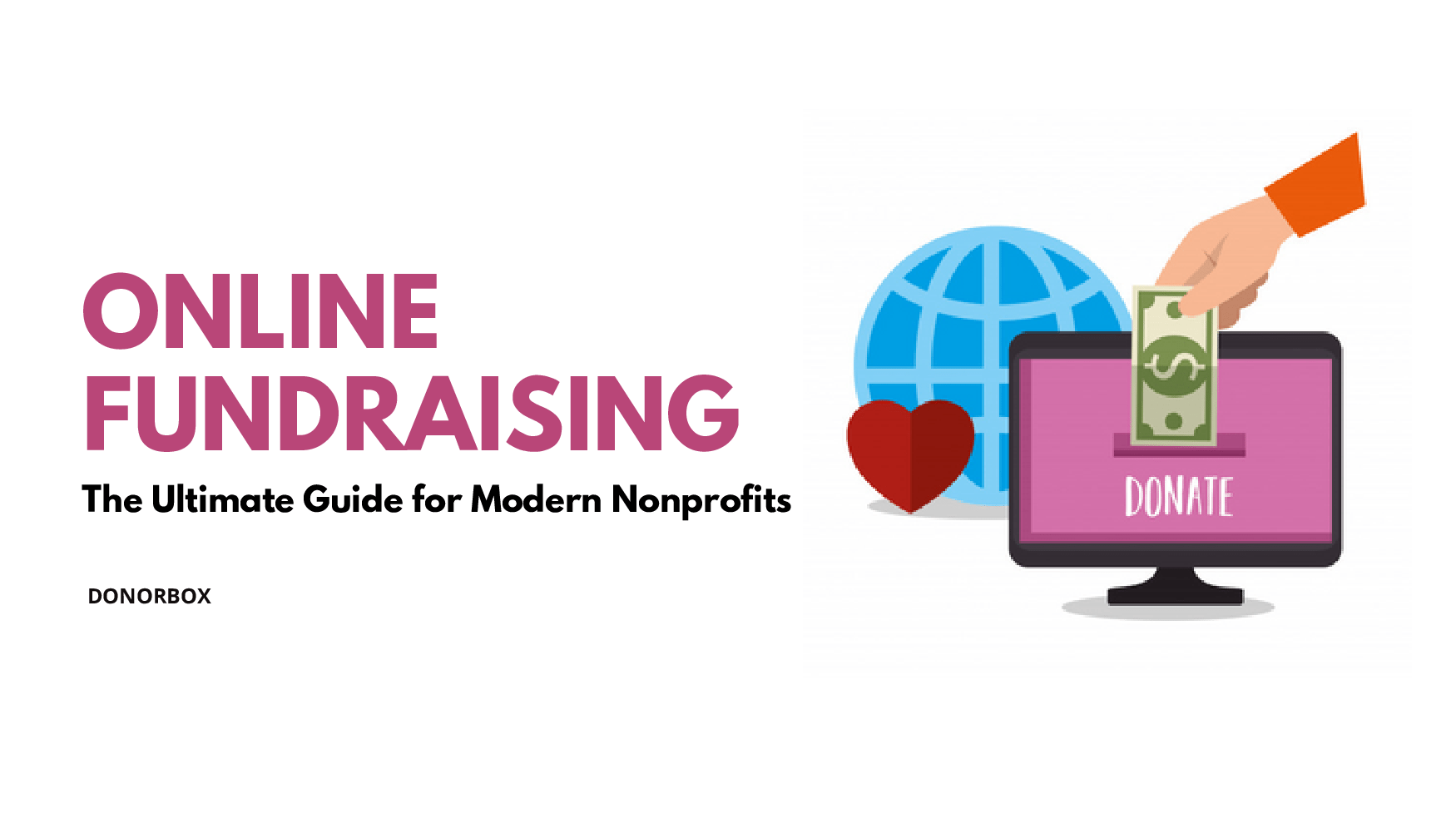Online Fundraising: Proven Methods to Increase Even More Funds for Your Nonprofit
Online Fundraising: Proven Methods to Increase Even More Funds for Your Nonprofit
Blog Article
The Function of Area Engagement in Nonprofit Fundraising: Building Lasting Relationships for Sustainable Assistance
Neighborhood interaction is increasingly identified as an important component of successful not-for-profit fundraising. The methods and strategies employed to engage neighborhoods vary extensively, elevating vital inquiries about efficiency and influence.
Comprehending Area Interaction
Area interaction is an important component of successful not-for-profit fundraising initiatives. It describes the approaches and activities that companies employ to connect with their neighborhood areas, promoting relationships that are equally helpful. Comprehending community interaction includes identifying its diverse nature, that includes cooperation, outreach, and involvement. Nonprofits must determine crucial stakeholders-- such as neighborhood members, neighborhood businesses, and various other organizations-- to produce reliable involvement methods.
Effective area engagement is asserted on active listening and responsiveness to the demands and interests of the neighborhood. This process involves getting feedback, understanding community dynamics, and guaranteeing that the company's goal straightens with local concerns. Involving the area can take different types, including public conferences, volunteer chances, and collaboration efforts, each created to urge involvement and investment in the company's objectives.
Furthermore, area interaction should be come close to as an ongoing dialogue instead of an one-time effort. By fostering a comprehensive atmosphere where neighborhood voices are heard and valued, nonprofits can construct a solid structure for future fundraising ventures. Inevitably, a deep understanding of area engagement empowers organizations to create authentic connections that enhance their general efficiency and sustainability.
Advantages of Solid Relationships
Solid relationships formed with area interaction yield various advantages for not-for-profit fundraising efforts. Primarily, these partnerships foster count on and reputation, vital components in encouraging benefactors to contribute. When prospective fans see a nonprofit actively associated with their community, they are more probable to rely on its goal and impact.

Additionally, these connections promote reliable interaction. Nonprofits can take advantage of their links to share stories of impact, updates, and requires, ensuring that supporters remain enlightened and involved. This open line of interaction not only reinforces bonds however additionally encourages word-of-mouth promo, expanding the not-for-profit's reach.
Last but not least, strong community ties can bring in brand-new partners and sponsors. Individuals and companies are more inclined to line up with organizations that show meaningful community participation, providing added resources and assistance that can dramatically enhance fundraising capabilities. Therefore, cultivating robust connections with neighborhood involvement is important to a nonprofit's lasting fundraising success.
Methods for Efficient Interaction
How can nonprofits efficiently engage their areas to enhance fundraising initiatives? Developing targeted strategies is crucial for fostering meaningful connections. Initially, leveraging social media sites platforms makes it possible for companies to share their mission dynamically and interactively, getting to a broader target market. Routine updates, engaging material, and calls-to-action can galvanize neighborhood interest and engagement.
2nd, hosting area events, such as workshops, volunteer opportunities, or fundraising drives, facilitates in person interaction, allowing nonprofits to display their effect and efforts. These occasions not just increase funds however likewise cultivate connections and permit community participants to involve directly with the reason.
Third, implementing tailored interaction approaches can boost interaction. Customizing messages to specific contributor sections based upon rate of interests and past payments cultivates a feeling of belonging and investment in the company's mission.
Finally, producing collaborations with regional services and neighborhood leaders can amplify outreach initiatives. Collaborative initiatives can boost visibility and reliability, demonstrating a collective dedication to the area's health. By integrating these techniques, nonprofits can develop enduring partnerships that improve fundraising efforts and drive sustainable support.
Gauging Involvement Success
While involving the community is important for successful not-for-profit fundraising, measuring the efficiency of these engagement initiatives is equally crucial. Developing clear metrics allows companies to analyze exactly how well they are getting in touch with their target market and accomplishing their fundraising goals. Secret performance signs (KPIs) such as contributor retention prices, volunteer involvement degrees, and involvement on social media sites platforms give concrete information for examination.
Regularly evaluating these metrics allows organizations to pivot their strategies when needed, making sure that community interaction continues to be aligned with their total objective. Furthermore, nonprofit marketing sharing these outcomes with stakeholders fosters transparency and builds trust, motivating more area involvement. Eventually, a robust measurement structure not only notifies future fundraising campaigns however additionally strengthens the connection between the not-for-profit and its supporters, laying the foundation for lasting success.
Case Researches in Area Effect
Various study highlight the profound influence that community engagement can have on not-for-profit fundraising success. One noteworthy example is the "Food for Idea" initiative, where a neighborhood food bank partnered with companies and schools to host area dinners. These events not only elevated funds yet additionally promoted a feeling of belonging amongst individuals, considerably increasing benefactor retention rates.
One more engaging instance is the "Eco-friendly Spaces Job," which entailed local homeowners in the revitalization of city parks. This initiative not just gathered financial backing from regional companies however likewise cultivated a volunteer base that contributed to recurring maintenance and programs. The feeling of ownership and pride among area members translated into continual contributions.
In the realm of arts, the "Art for All" project successfully involved neighborhood artists and patrons to develop joint art installations, leading to enhanced visibility and donations for a neighborhood arts not-for-profit.
These examples highlight that when nonprofits prioritize community participation, they can develop enduring partnerships that boost fundraising initiatives, guaranteeing sustainable support and cultivating a lively area society. Such situations show that community involvement is not simply an approach but a vital column of nonprofit success.
Conclusion
Finally, community involvement is integral to the success of nonprofit fundraising efforts. By fostering solid relationships with neighborhood stakeholders, organizations enhance depend on and reputation, resulting in improved contributor retention and commitment. Carrying out efficient interaction methods and gauging their impact makes certain that nonprofits can adapt and thrive. Ultimately, a durable foundation of neighborhood support not just intensifies fundraising potential but additionally cultivates a culture of partnership, vital for attaining long-lasting business objectives and sustaining purposeful effect.
Nonprofits should recognize crucial stakeholders-- such as neighborhood members, local services, and various other companies-- to create effective interaction approaches.

In final thought, community engagement is essential to the success of not-for-profit fundraising efforts.
Report this page